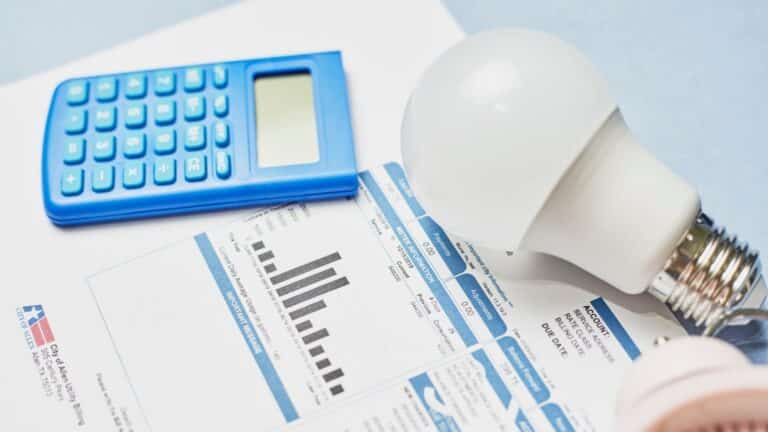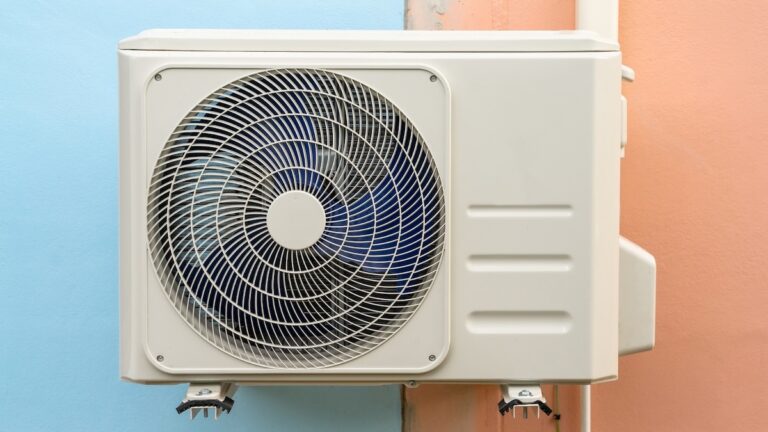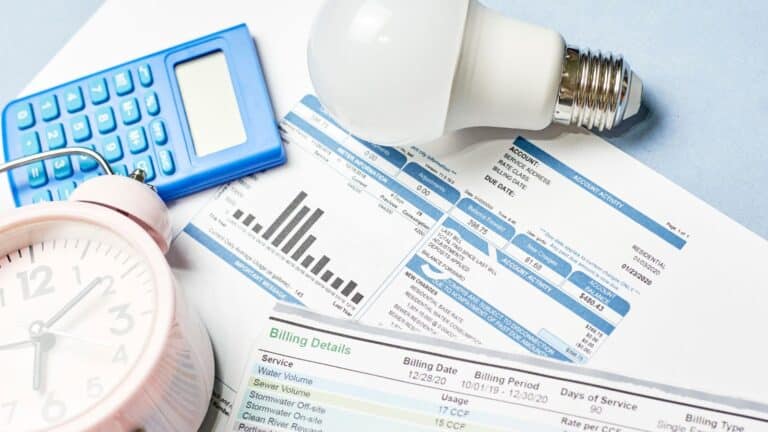The US led the world to reach a huge climate deal. Then, it switched sides.
Ten years after nations adopted the Paris Agreement, its objectives are in jeopardy amid rising climate pollution and a political backlash against clean
Current Access Level “I” – ID Only: CUID holders, alumni, and approved guests only
Research Associate

Nearly one-third of U.S. households consider cost before turning on a heating system during winter or powering up a cooling system during summer, potentially endangering their health.
30 years ago last month, a brutal heatwave struck Chicago, killing more than 700 residents. As the city and much of the United States recently experienced another period of extreme heat, this anniversary serves as a reminder that heat remains one of the deadliest climate-related hazards — killing more people each year than hurricanes, floods and tornadoes combined — particularly for communities burdened by decades of disinvestment and structural barriers to health and safety.


This report explores how residents of North Lawndale, a predominantly Black and historically under-resourced neighborhood on Chicago’s West Side, experience the compounded effects of heat waves and power outages.

The federal utility assistance program is in limbo after the entire staff was fired in April.
Millions of Americans are impacted by energy insecurity each year, in part due to unaffordable and inequitable electricity rates.

Almost 34 million American households were considered energy insecure in 2020, with the majority foregoing food or life-saving medicine at least once in order to pay their utility bills.

About one in four American households experience some form of energy insecurity. Within this group, Black, Indigenous, Latine, low- and moderate-income (LMI), and other disadvantaged communities face a disproportionately higher burden.
